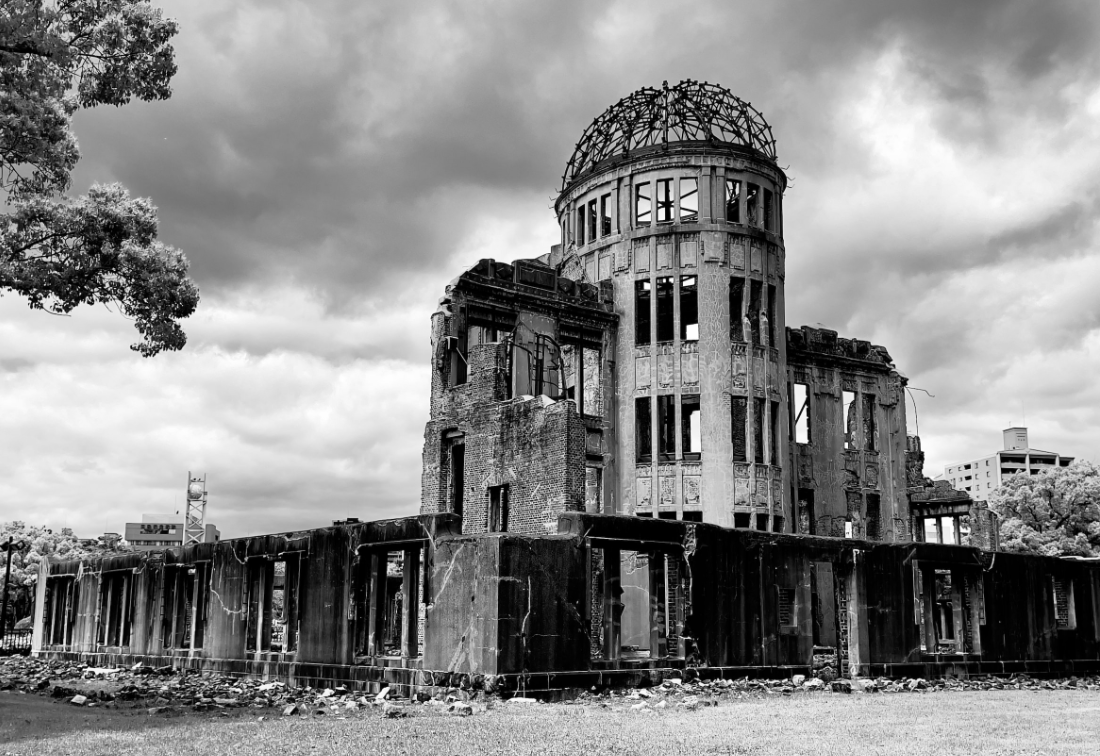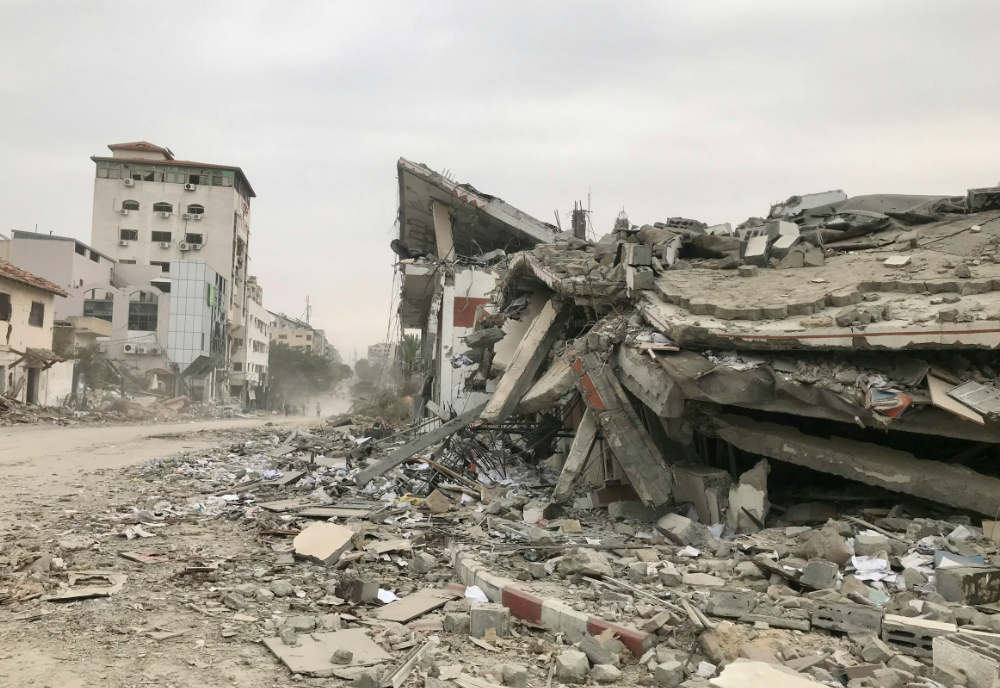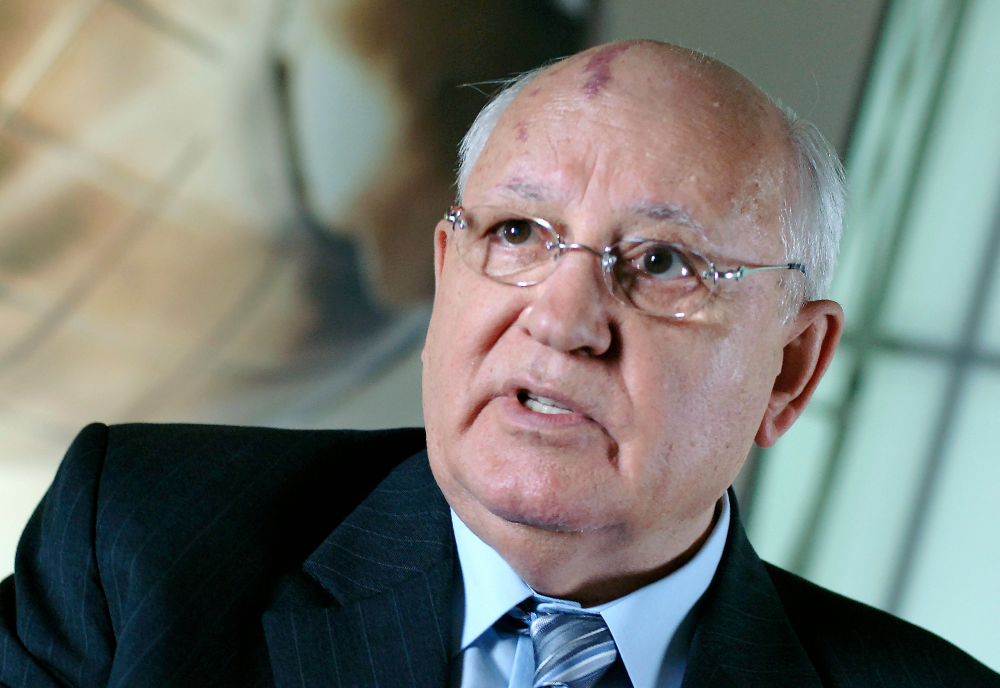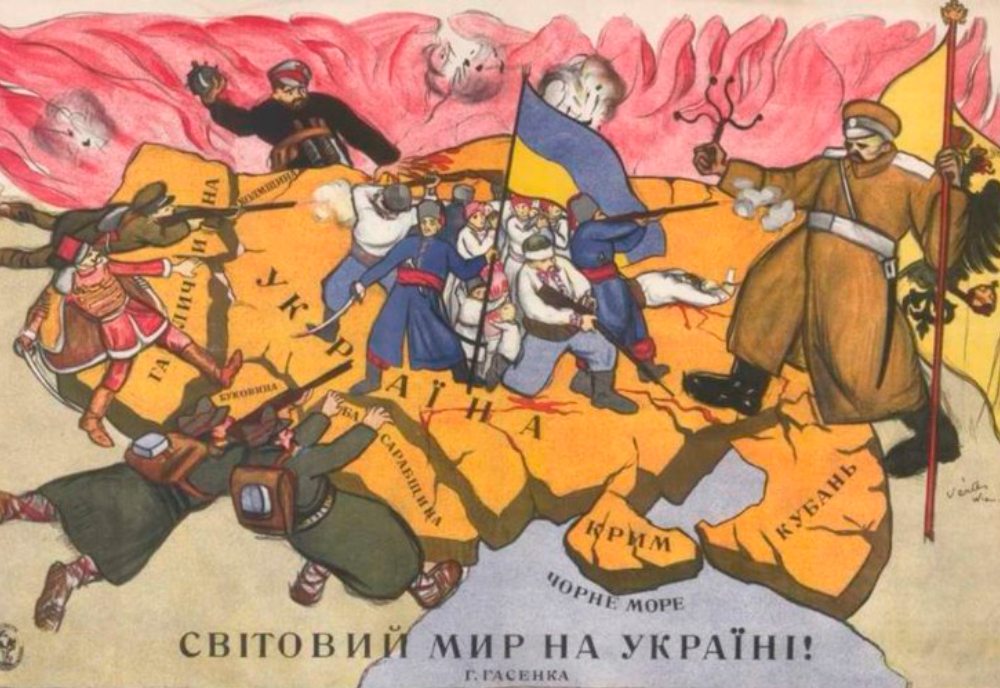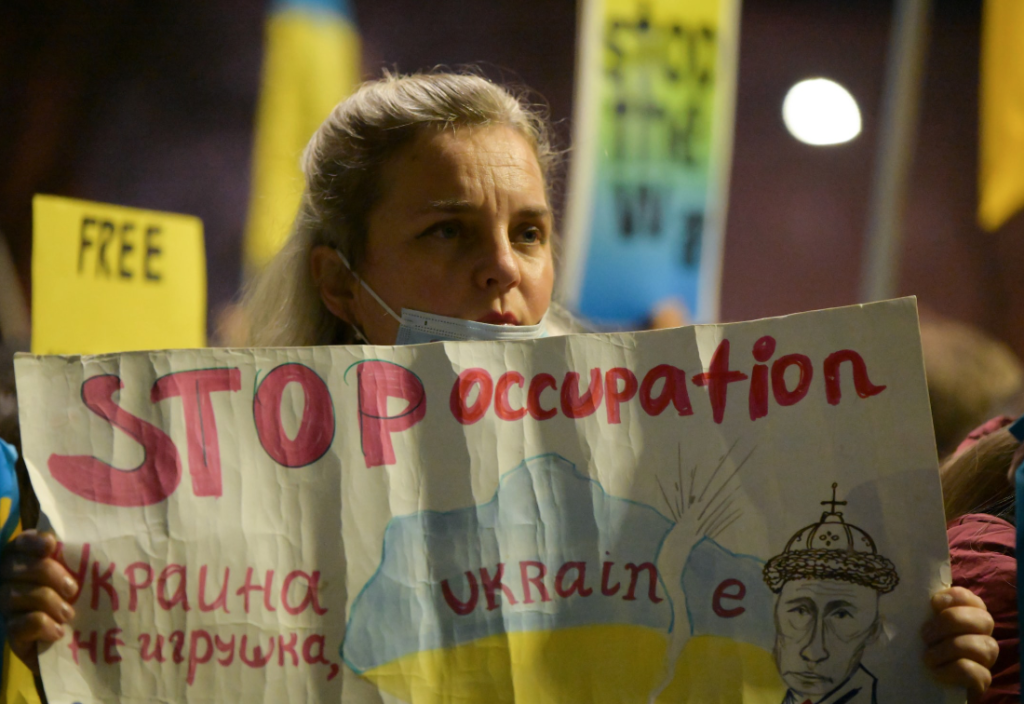The Oppenheimer film is a significant artistic work, and by all accounts – including of Kai Bird, the surviving author of the detailed biographical book on which it is based – impressively historically accurate.
Like the whole nuclear age, explosively begun through the events depicted in the film and in which we are still vulnerably immersed up to our necks, the acute existential danger posed by the fruits of the Manhattan Project are daunting and can be overwhelming.
But without squarely facing the problem we have no chance of fixing it.
The human drama that unfolds in the film has many moments and lessons which echo down the corridors of time. Scientific brilliance is inevitably encapsulated with human failures, foibles and frailties.
Focused and sustained collaborative effort harnessing diverse skills can achieve remarkable results. Individuals like the US Atomic Energy Agency’s Lewis Strauss, beset by moral failings, corrupted by ego, power and ambition, can shape history.
The bigoted scapegoating of rabid anti-communist McCarthyism laid a foundation for the continuing bitter divisiveness in American politics today.
Fundamentally, ‘the Gadget’ – as the first nuclear bomb was known – and all its successors, are machines built by humans that can be dismantled by humans.
The deep perils of compartmentalising scientific and technical developments from their consequences and scientists leaving their humanity, morality and scientific responsibility outside the laboratory door is most graphically demonstrated in the film by the relentless pursuit of even more destructive thermonuclear weapons by theoretical physicist Edward Teller.
There are profound dangers for humanity and our living planet that can be created by science and technology blindly harnessed in the service of the nation state.
The content of the brief conversation between Oppenheimer and Einstein which ends the film is as consequential as any two humans could discuss.
Oppenheimer recognises that the development and proliferation of the bomb could inexorably lead to indiscriminate nuclear violence on a scale to destroy our world.
My hope, and clearly that of the film director, Christopher Nolan, is that the film will stimulate many people to ponder and discuss, whether for the first time or anew, the acute existential danger that the global nuclear arsenal poses to us all, to all that we hold dear and strive for.
That they appreciate that any use of nuclear weapons would be an unmitigated catastrophe for which no meaningful emergency response is possible. That any use of nuclear weapons is very likely to rapidly escalate.
That many accidents and near misses have repeatedly brought us to the brink of nuclear war, which has been prevented principally by one person’s wise action and by good luck, an unreliable security policy.
That nuclear war – even in one region – using less than three per cent of the world’s nuclear arsenal could loft so much black smoke from burning cities into the atmosphere that temperatures would plummet to ice age levels, decimating agriculture and condemning over two billion people to starve to death. More than 10 times as many people would die from nuclear famine as from the immediate effects of burns, blast and radiation, whether their country was directly targeted or not.
That nuclear weapons are effectively global suicide bombs targeting everyone wherever they live, that must be ended before they end us.
That they can be eliminated and every person can take action to save our world.
While no film can convey all there is to know about nuclear weapons, my principal concern about the Oppenheimer film is that in focusing so intensely on the personalised human drama, with the exception of one fleeting scene, the real effects of nuclear devastation on flesh and blood human beings, their loved ones, homes, cities, lands, waters and climate are absent.
The dispossession of local families and Indigenous people at Los Alamos, the lack of any protective measures for people downwind of the Trinity test fallout, which we now know blanketed almost the whole United States and extended into Canada and Mexico, causing an ongoing burden of cancer and other radiation-related diseases, even the deaths of two Manhattan Project scientists from radiation are missing.
Let alone the radioactive incineration of the people of Hiroshima and Nagasaki with bombs targeted to cause maximum human casualties.
The two (by today’s standards) relatively small tactical-size nuclear weapons used in Japan by the end of 1945 had killed 230,000 people. No consideration of nuclear weapons should be divorced from what the weapons actually do.
By the end of the film, some key unaddressed questions were ringing loud in my ears.
The driving rationale for the Manhattan Project was the fear that Nazi Germany had a head start on the development of the atomic bomb, and if it got there first, would not hesitate to use the bomb to terrifying effect.
However, by late 1944, it became clear that Germany’s program had stalled and was nowhere close to a bomb. Why was the Project not abandoned at that point?
Instead, the political, financial and scientific investment in the Project had acquired such momentum that it continued apace. Only one of the Manhattan scientists, Joseph Rotblat (subsequently a Nobel Peace Prize laureate), had the integrity and moral courage to leave the program when his reason for joining it evaporated.
Using the bomb against Japan was not part of the reason for developing it, and already by 1944, the principal political target of the program had become to maximise post-war leverage and power against the Soviet Union.
Right up until the first nuclear test explosion, named Trinity by Oppenheimer, on 16 July 1945, there was scientific uncertainty about whether the explosion could ignite the Earth’s atmosphere and end life on Earth. Physicist Enrico Fermi took bets on this right up to the test.
Even though the scientific evidence was that atmospheric ignition was very unlikely, the fact that the Trinity test was conducted even though such a calamitous possibility could not be excluded, is deeply disturbing. How could such a terrible risk be taken?
After the atomic bombing of Hiroshima and Nagasaki, Oppenheimer along with many other Manhattan scientist were deeply concerned about the implications of the fruits of their labours for the future of humankind.
“The riven atom, uncontrolled, can be only a growing menace to us all,” he wrote.
Oppenheimer urged President Truman to turn nuclear weapons over to international control and opposed the US developing even more destructive hydrogen or thermonuclear bombs, for which he was pilloried and lost his government security clearance in a McCarthy-era kangaroo court.
He recognised the bomb would inevitably spread and proliferate in the absence of international control.
In 1948, Oppenheimer wrote:
If the atomic bomb was to have meaning in the contemporary world, it would have to be in showing that not modern man, not navies, not ground forces, but war itself was obsolete. … What can be done with this development to make it an instrument for the preservation of peace …?
This rationalising hope mirrors that of Alfred Nobel, who invented dynamite. He wrote in 1892:
Perhaps my factories will put an end to war … on the day when two army corps may mutually annihilate each other in a second, probably all civilized nations will recoil with honour and disband their troops.
This year, the Bulletin of the Atomic Scientists, of which Oppenheimer was the first board chair, moved the hands of the Doomsday Clock forward to 90 seconds to midnight, due mainly to the repeated Russian threats to use nuclear weapons in its brutal and illegal invasion of Ukraine.
This is the closest the Clock has ever been to midnight, signifying global catastrophe. In a very real sense, nuclear weapons are aimed at us all, every day.
As you watch Oppenheimer and ponder how fallible humans created the first weapons that could destroy our world, I hope you will be moved to play your part to help bring the nuclear weapons era to a safe end.
We have no time to lose.
This article was first published on Pursuit. Read the original article.
Photo by Osama Madlom on Unsplash.

